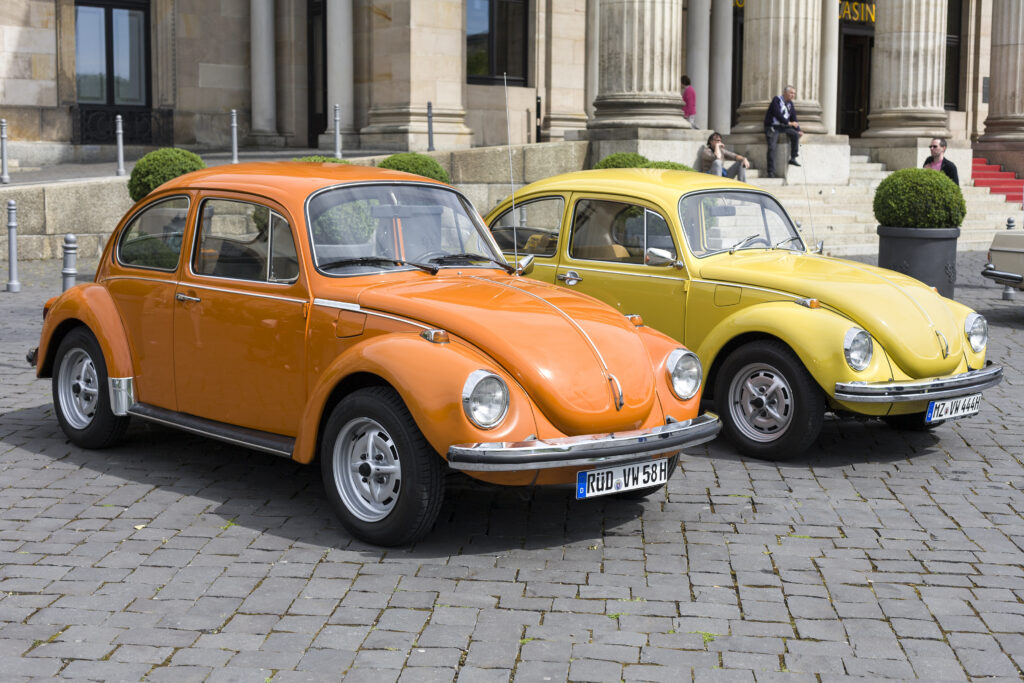On February 15, 1936, Adolf Hitler announced plans to construct a new car – the Volkswagen Beetle. This iconic automobile was created in response to the German people's need for an affordable four-wheeled vehicle.
A People's Car
Prior to WWII, most cars in Germany were expensive luxury vehicles that only the wealthy could afford. In order to boost German morale and reduce unemployment rates, Hitler wanted to create an economical mass-market car that would be accessible to all citizens of the country. The idea quickly caught on, and Volkswagen (which means "people's car" in German) was born.
Design Goals
The Volkswagen Beetle was designed with simplicity in mind; it had a single-cylinder engine and space for five passengers inside its robust metal frame. Other design goals included creating a vehicle that could reach speeds of 100 km/h (62mph), transport heavy loads, and remain reliable despite difficult conditions such as rain or snowfall. To top it off, the final design also boasted low fuel consumption rates, which helped make it even more appealing to those looking for an economical option.
Hitler's Vision
Hitler himself played a huge role in the creation of the Beetle by commissioning designer Ferdinand Porsche to build something that he felt would embody his vision of what an ideal car should resemble. That same year he announced plans to begin production on 10,000 Beetles by 1940 – an ambitious goal considering they didn't have a factory capable of building such large quantities yet! However, despite numerous roadblocks faced during wartime, his dreams eventually came true as they began producing cars in 1945, with over 1 million units sold since then!
Today, the Volkswagen Beetle continues to be one of the most popular cars ever made – and is seen as a symbol of freedom and individualism around the world thanks to Adolf Hitler's bold vision over 80 years ago.

